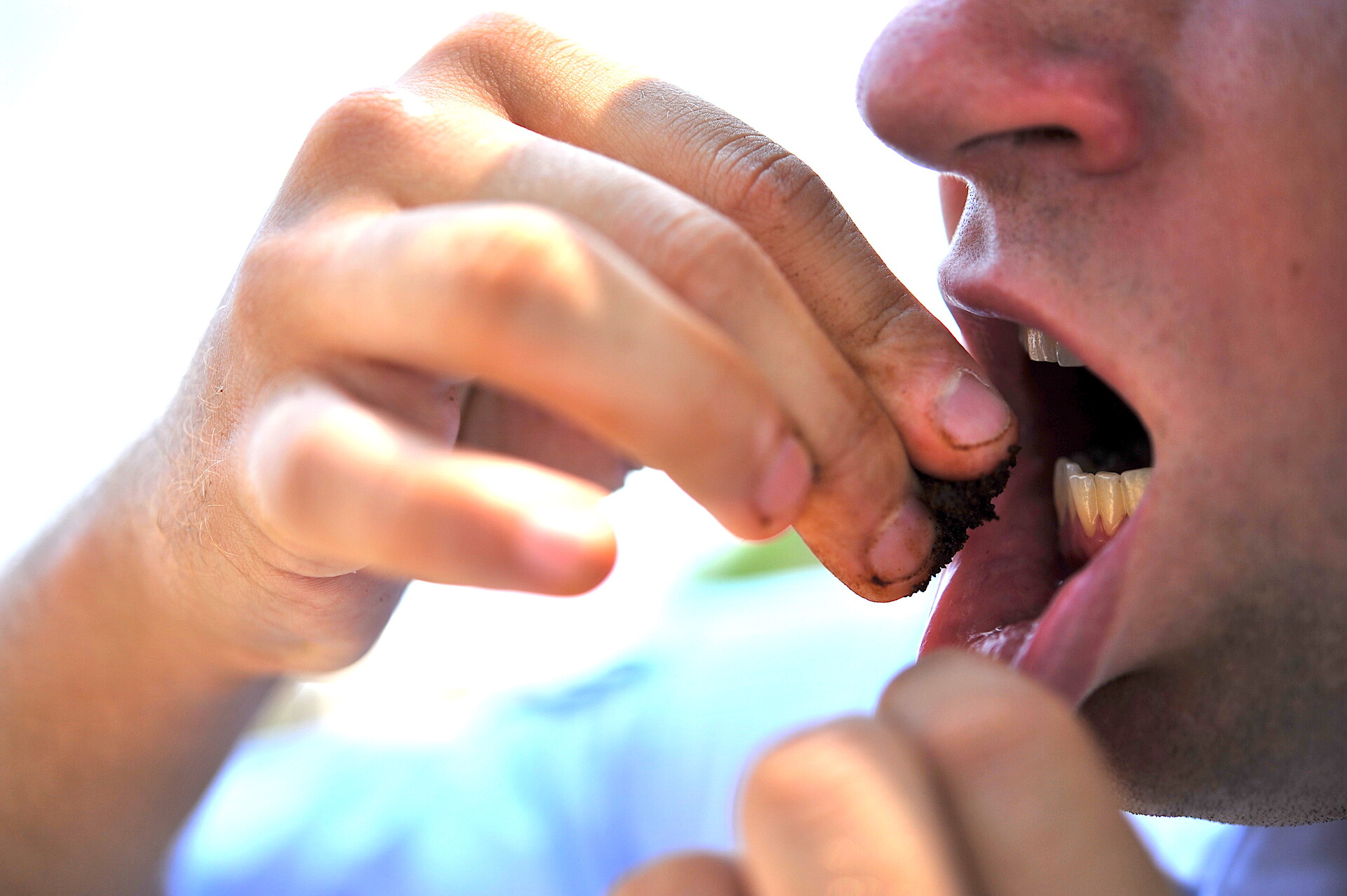Poison in Your Mouth: The Hidden Dangers of Chewing Tobacco
Chewing tobacco may seem harmless, but it can cause cancer, gum disease, and addiction. Know the risks before this deadly habit takes control.
The Hidden Dangers: Side Effects of Tobacco Chewing
Tobacco chewing, often perceived as a less harmful alternative to smoking, poses serious health risks that are frequently overlooked. In many cultures, particularly in South Asia and parts of Africa, chewing tobacco is socially accepted and even integrated into traditions. However, the reality is grim—chewing tobacco can be just as dangerous, if not more so, than smoking. This blog explores the major side effects of tobacco chewing and why it's crucial to quit.
1. Oral Cancer
One of the most severe consequences of chewing tobacco is oral cancer. The harmful chemicals in tobacco, including nitrosamines, directly damage the DNA in the cells of the mouth. This leads to cancer of the:
Lips
Tongue
Gums
Cheek lining
Roof and floor of the mouth
Chewers often develop precancerous conditions like leukoplakia (white patches) or erythroplakia (red patches) before cancer develops.
2. Gum Disease and Tooth Loss
Chewing tobacco causes periodontal disease, a serious gum infection that damages the soft tissue and bone supporting the teeth. Symptoms include:
Gum inflammation
Receding gums
Bad breath
Loose teeth
Over time, this can lead to tooth loss and chronic oral pain.
3. Addiction and Nicotine Dependence
Tobacco contains nicotine, a highly addictive substance. Chewers may find themselves:
Craving more frequent doses
Struggling with withdrawal symptoms
Having a hard time quitting despite knowing the risks
Nicotine addiction from chewing tobacco is as strong as from smoking, making cessation extremely challenging.
4. Cardiovascular Problems
Chewing tobacco increases the risk of heart disease and high blood pressure. It causes:
Increased heart rate
Constricted blood vessels
Elevated blood pressure
These changes strain the cardiovascular system and raise the risk of heart attacks and strokes.
5. Digestive Issues
When tobacco juices are swallowed, it affects the digestive tract and increases the risk of:
Cancers of the esophagus, stomach, and pancreas
Indigestion
Nausea and vomiting
Tobacco also reduces the appetite, which can lead to malnutrition, especially among long-term users.
6. Stained Teeth and Bad Breath
While cosmetic, this side effect impacts self-esteem and social interactions:
Teeth become discolored and stained
Persistent bad breath (halitosis) is common
It also causes a metallic taste in the mouth
These effects can damage personal and professional relationships over time.
7. Impact on Mental Health
Tobacco users often experience:
Mood swings
Anxiety or irritability
Poor concentration
Long-term use may contribute to depression and mental fatigue, especially when trying to quit or dealing with health consequences.
Conclusion: A Habit Worth Breaking
Chewing tobacco is far from harmless. Its impacts extend beyond the mouth, affecting the entire body and diminishing quality of life. Quitting tobacco can be difficult, but with the right support—counseling, medication, and determination—it’s entirely possible.
If you or someone you know is struggling with tobacco dependence, seek help today. Your health, smile, and future are worth it.



